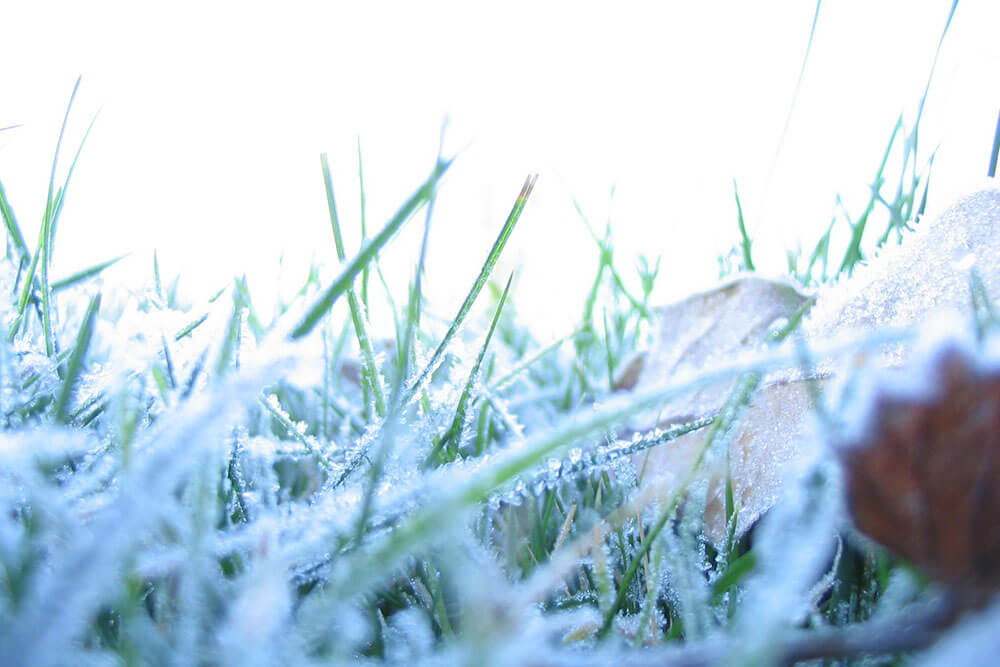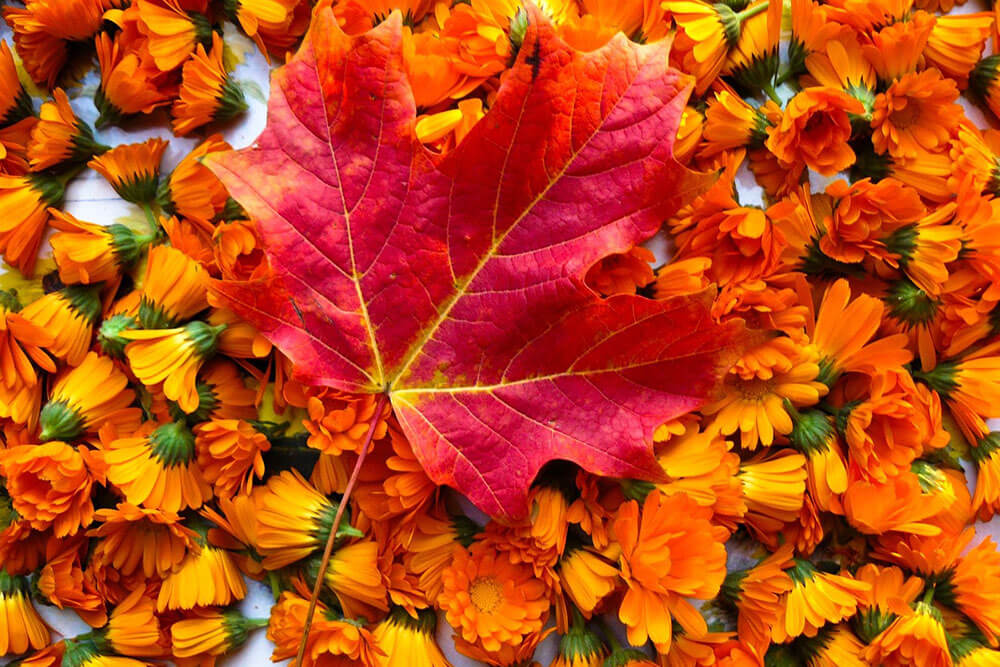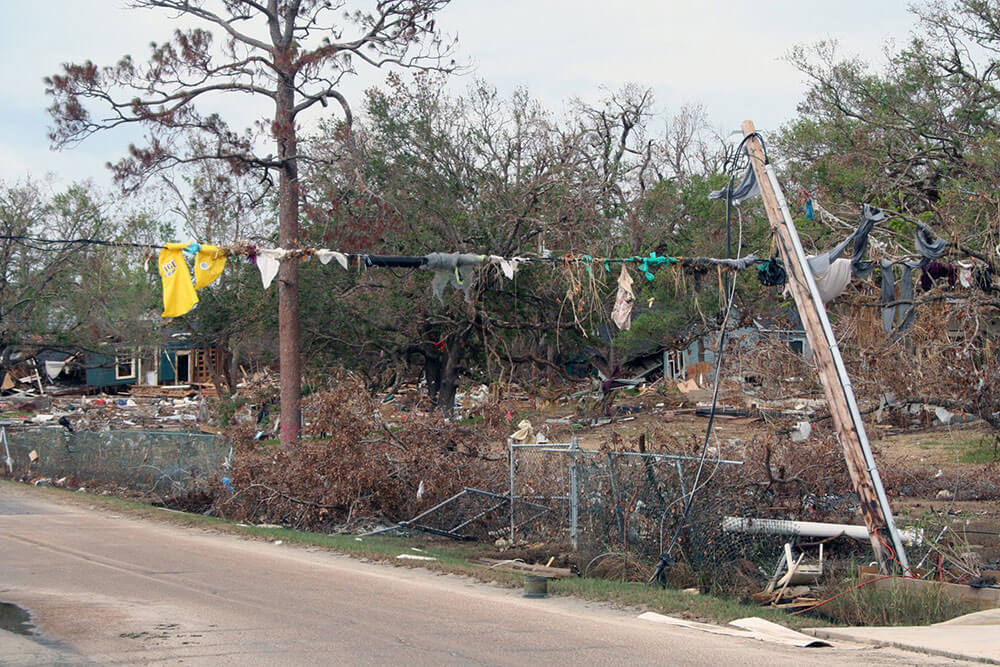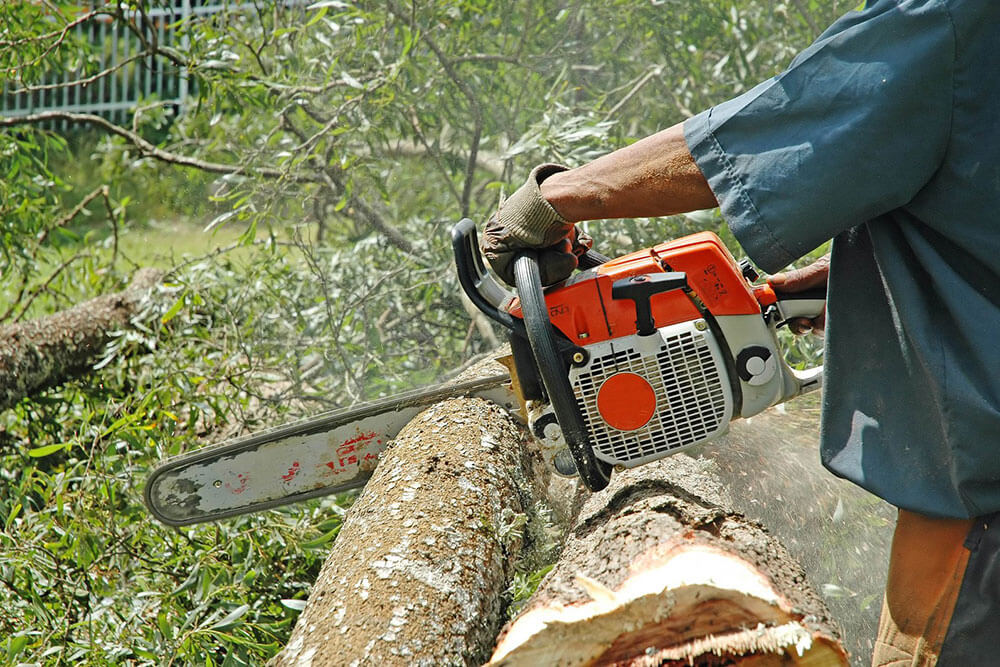As more and more pages are torn from the calendar, we get closer and closer to winter. Recently on this blog we have been discussing the importance of getting things prepared for the impending season of cold winds and snow, but there is one area that we really haven’t discussed: lawn care. When combined with the harsh heat the Nashville and Middle Tennessee area receives right before the winter, the grass outside your home or office is really going to take a beating in the coming months. There are several things you can do to minimize the hurt, however. With that in mind, here are some tips for taking care of your lawn as the seasons change, brought to you by the professionals here at the Parke Company.
How to Prepare Your Lawn for Winter
Getting Low
The first and one of the most important things to do is to start lowering the blades more and more each time you mow the yard. Lowering the blades while mowing helps the grass get acclimated to a shorter length, so it’s not all happening at once when winter comes. You don’t want to have high grass during the winter months for several reasons. For one, the longer the blades of grass, the more surface area each individual blade will cover when it gets tramples. Have a lot of these and it will choke out what is underneath all the more. For another reason, small animals such as mice like to hide in tall grass during the winter months, and the little critters love to eat the roots and otherwise damage your plants.
It is for these reasons that it is important to rake the falling leaves right away. Leaves that are left alone too long will kill the plants underneath them because they block all the sunlight and have a tendency to absorb the water that should be going to the grass. Instead, bag the leaves up and leave them for a leaf removal service or keep them and create a nutrient-rich additive that will be extremely beneficial when introduced to the plants. Also keep in mind that anything left on the lawn after the first snow is going to leave dead spots, so make sure to remove any larger logs or dead trees first.
Prepare Yourself
Grass loses a lot of nutrients during the late summer months thanks to that scorching heat, so it is a great idea to add fertilizer before the first freeze of the year. The nutrients will stay in the soil all winter long, feeding the grass and helping things stay healthy until spring rolls around again. This is probably one of the most important things you can do, because otherwise when the snow melts for the final time, your grass will be yellow and dead and generally gross looking.
It can be difficult to remember all of the things that need to be done to keep your lawn in tip-top shape, but that is why we are here to help. Let the pros in grass health and lawn care here at the Parke Company help ease your burden by taking care of it.




